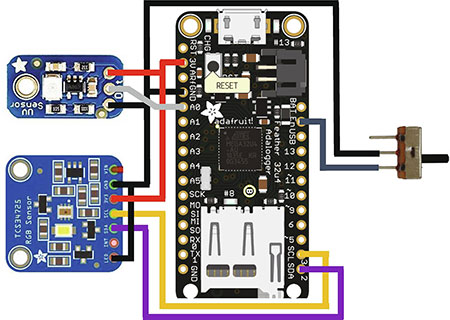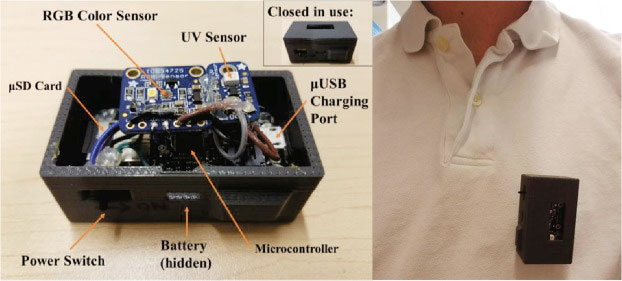
According to Matthew Rhudy, assistant professor of engineering, outdoor and indoor lighting have distinct differences that sensors can detect. While the sun gives off vast quantities of light in the ultraviolet spectrum, indoor lighting tends to be in the visible spectrum. “The UV index alone is pretty good at detecting it,” Rhudy says. “If it’s detecting a significant amount of UV index, there’s a pretty good chance you’re outside.” Light intensity, even if it’s cloudy, as well as differences in color temperature, are also signals for exposure to outdoor lighting.
Initial testing was done by placing the device in fixed locations to collect light data for approximately one hour. A total of 3,640 indoor and 1,368 outdoor samples were collected. Going forward, additional funding could lead to a larger long-term project that explores additions such as a wireless component with the ability to transmit data.

Courtesy of Science Direct/Creative Commons CC-BY-NC-ND (https://doi.org/10.1016/j.ohx.2020.e00157)
